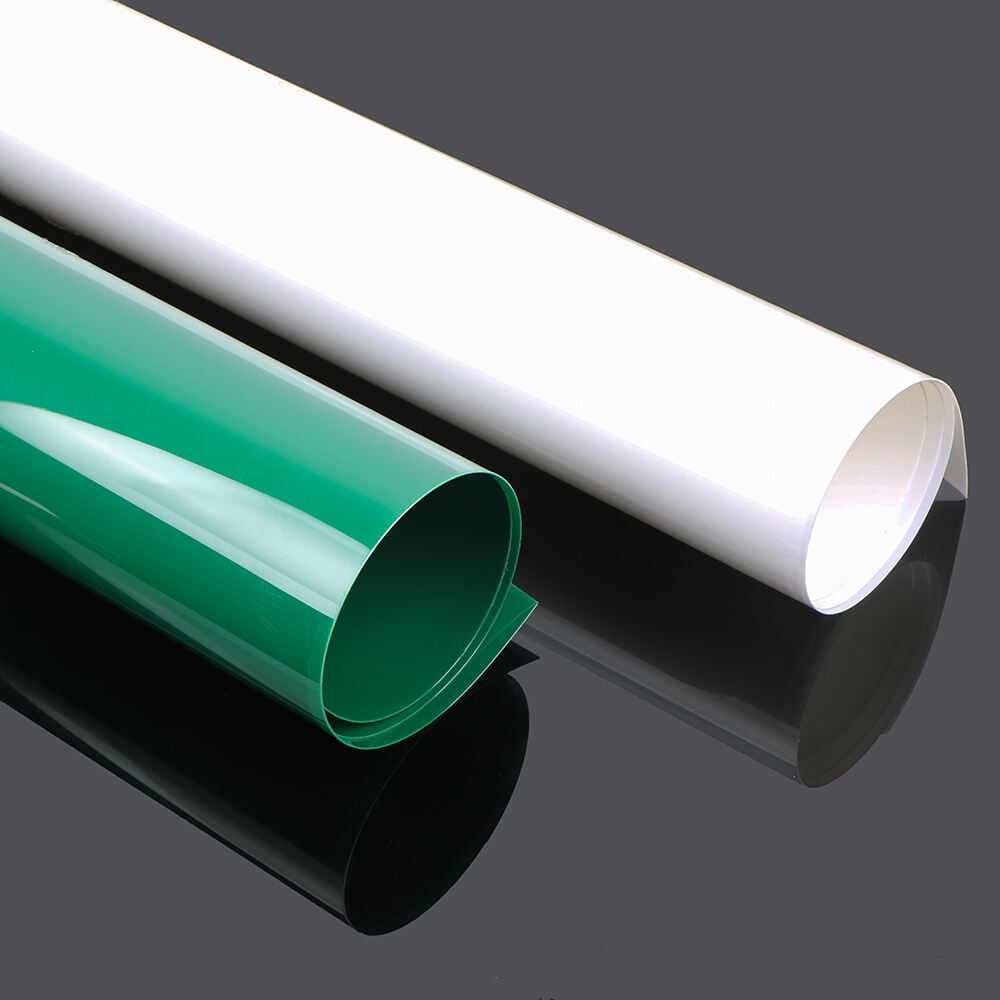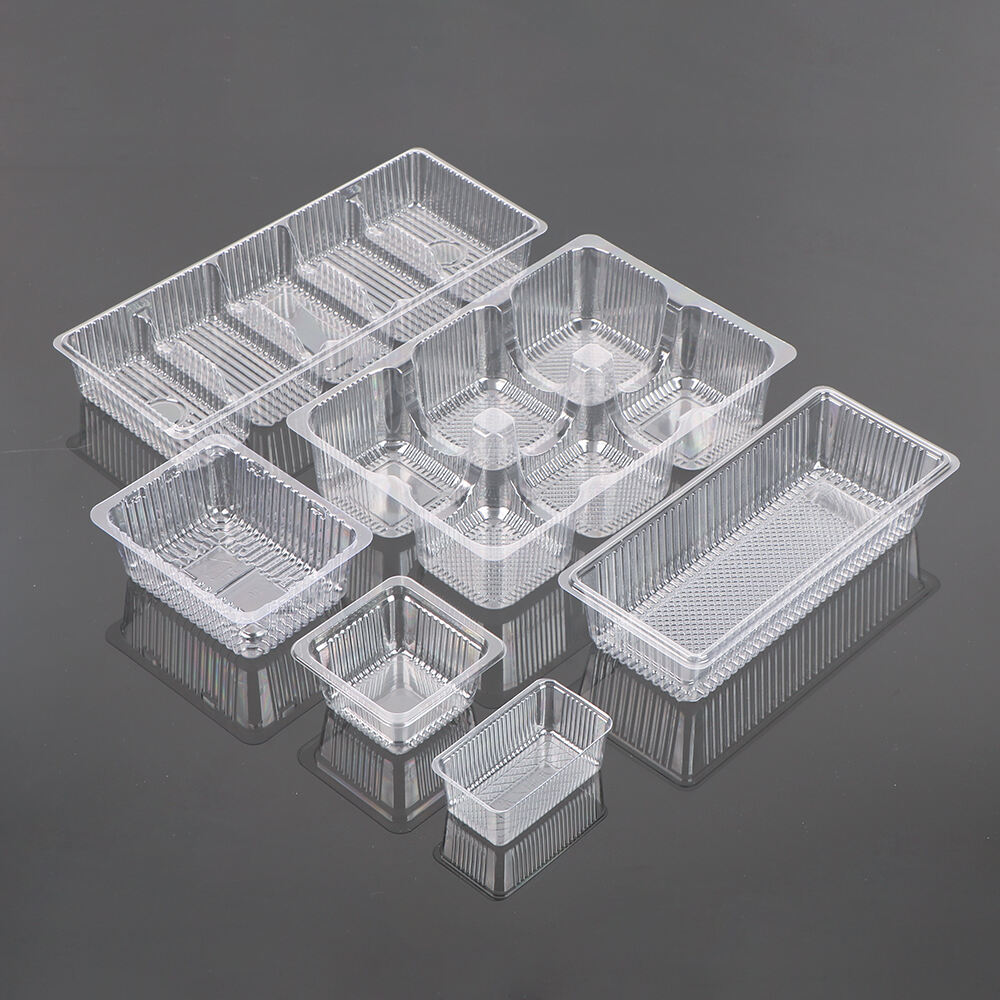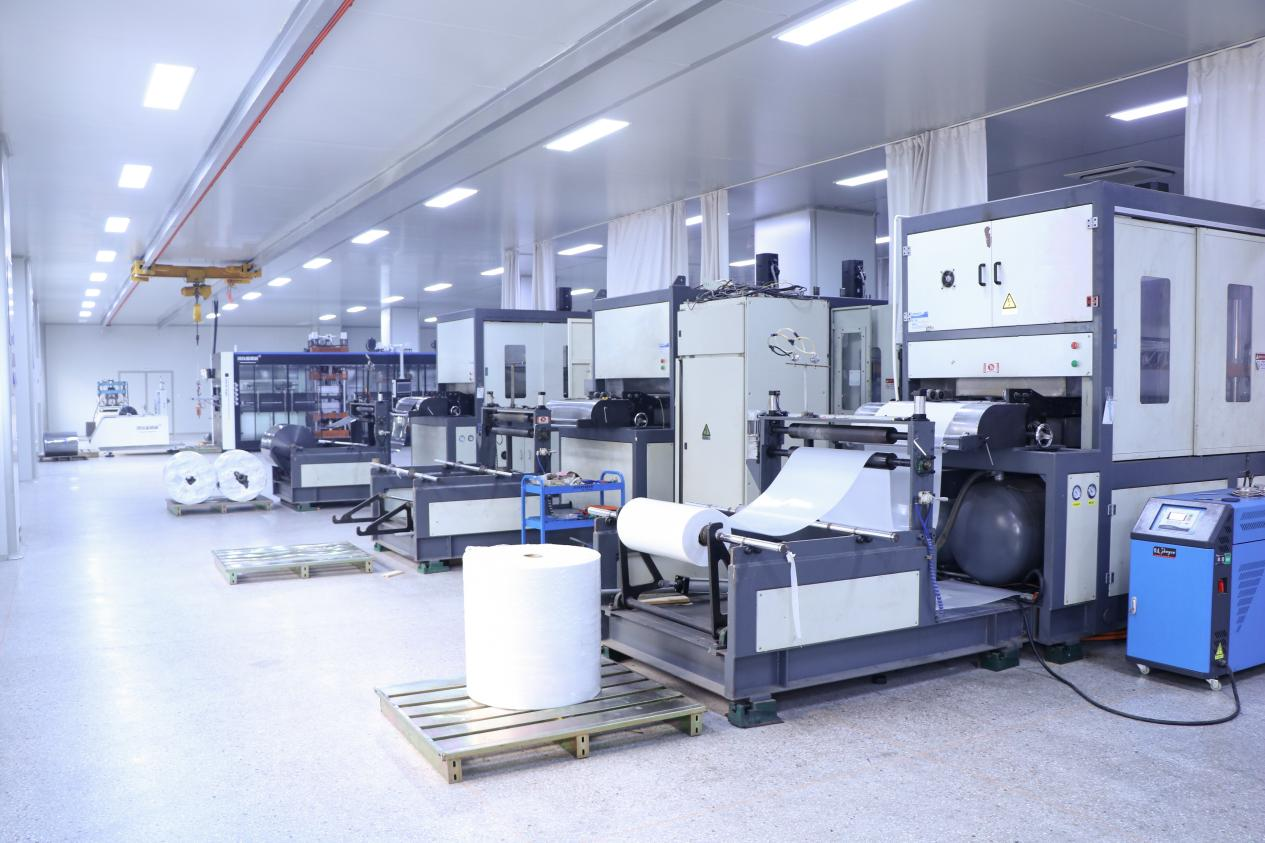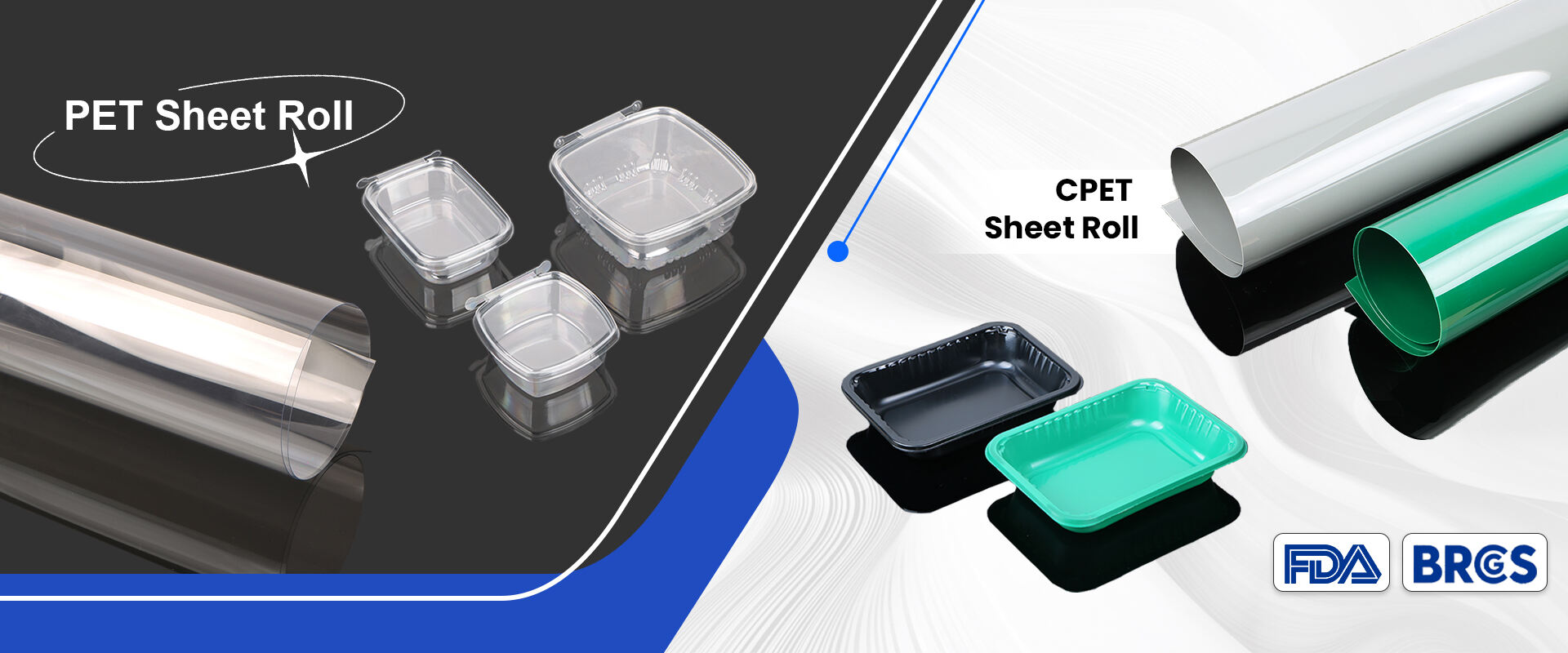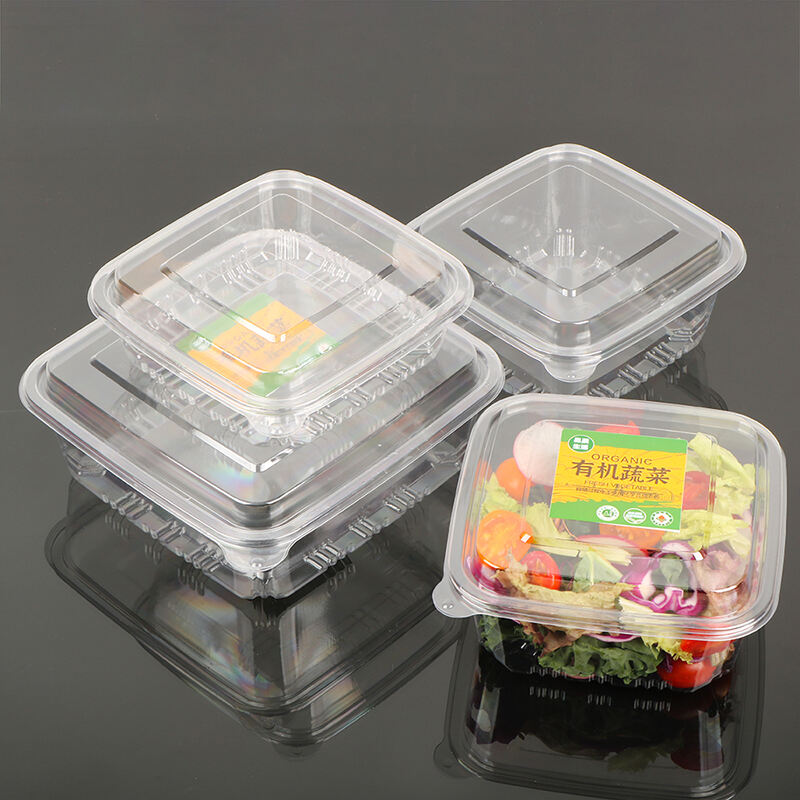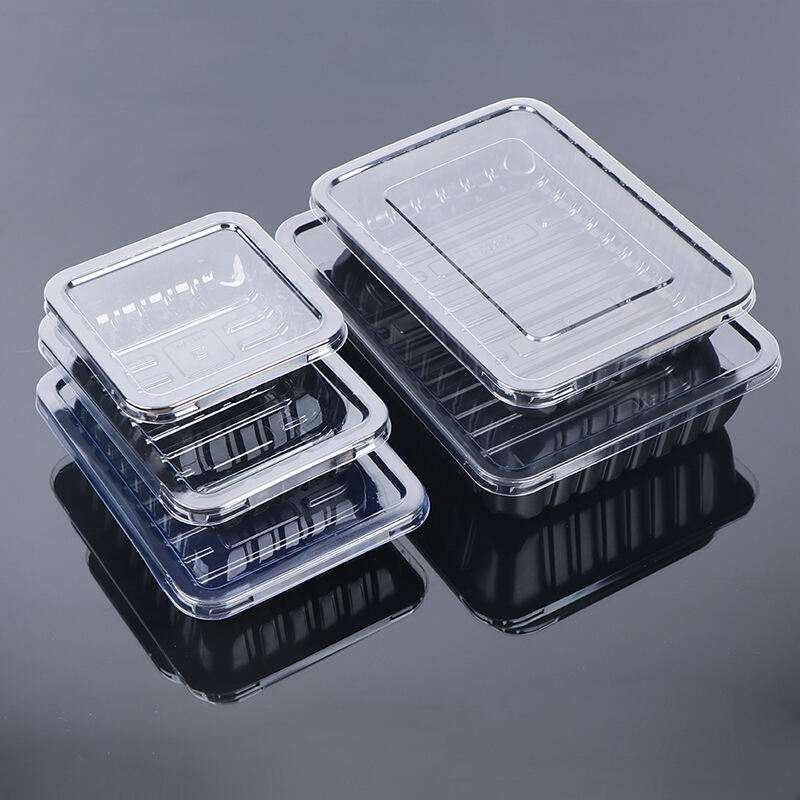The category of frozen food packaging includes any materials or containers that are meant to protect, store, or keep food items frozen to as low as -40°F (-40°C) . Such packaging are made of cold resistant plastics like PP (polypropylene), HDPE (high-density polyethylene), PET (polyethylene terephthalate), CPET (crystallized PET) which are engineered to endure moisture absorption and cracking from freezing temperatures of -40°F and -40°C. Aside from physical protection during shipping or transportation, frozen food packaging also provides a barrier against air, freezer burn, and environmental damage. Apart from protective functions, the packaging enables simple and efficient microwavable and oven-safe heating.
Examples of plastic frozen food packaging include rigid trays with heat-sealed films for meats, vegetables, and ready meals; flexible bags with zip closures for fruits, berries and bulk items; microwavable containers with vented lids for heat and eat meals; and clamshells for portioned items like frozen burgers or fish fillets. For easy item identification and efficient use of freezer space, most versions are stackable and designed to be transparent.
For heatable products, CPET plastics can withstand oven temperatures and PP is often microwave-safe, which makes it handy microwaveable. The packagining is made from food-grade, BPA-free materials. So, it's safe and does not emit harmful chemicals into the food even after being frozen for long periods. Whether utilized by producers for retail items or by people for personal use, plastic frozen food containers help in maintaining the freshness, safety, and convenience of using frozen foods.

